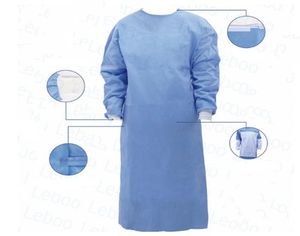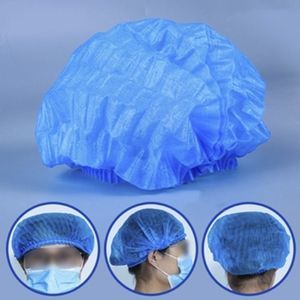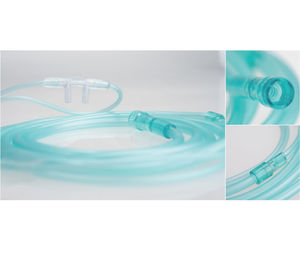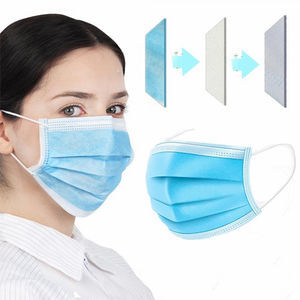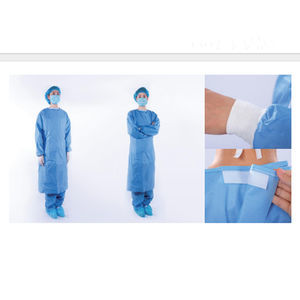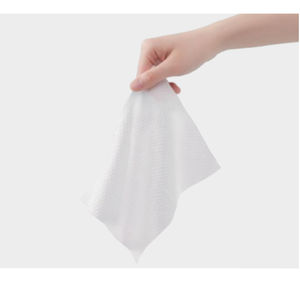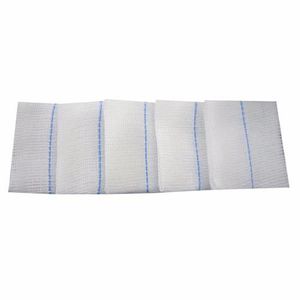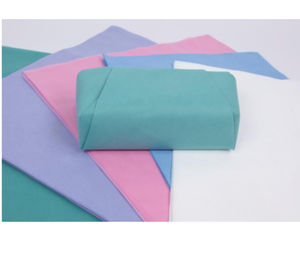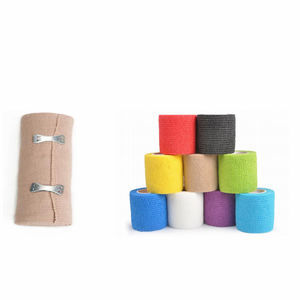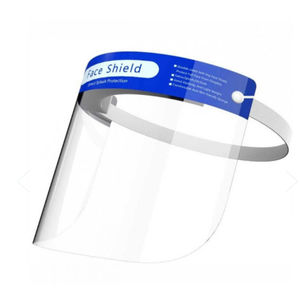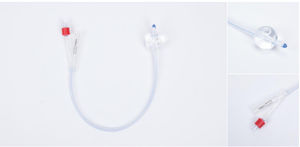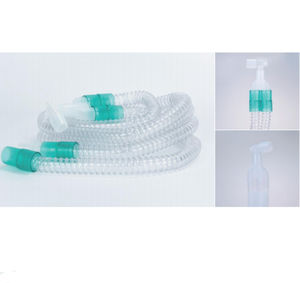
- Company
- Products
- Catalogs
- News & Trends
- Exhibitions
Polypropylene medical shoe cover disposableanti-slipwaterproof
Add to favorites
Compare this product
fo_shop_gate_exact_title
Characteristics
- Material
- polypropylene
- Options
- disposable, anti-slip, waterproof, sterile
Description
Medical Shoe Cover and Footwear
Blue, White, Green SMS, SPP+PE, SPP
15.5'',16.5'',18''
A medical shoe cover, also known as a "bootie," is a disposable or reusable protective covering worn over a shoe to prevent the transfer of germs, bacteria, and hazardous fluids. They create a barrier that keeps shoes clean and helps maintain a sanitary environment by preventing dirt, pathogens, and substances from being tracked into sterile areas. These covers are a form of personal protective equipment (PPE) used in hospitals, labs, and other controlled environments to control infections and protect both healthcare workers and patients.
Key Purposes
Containment:
They prevent pathogens and dirt from being carried on footwear into clean or sterile areas.
Protection:
Shoe covers protect footwear from contamination by hazardous fluids, chemicals, and other materials found in medical settings.
Infection Control:
By reducing the potential for cross-contamination, they are a vital tool for infection control in hospitals.
Common Features
Material: Often made of disposable materials like polypropylene or non-woven fabric.
Fluid Resistance: Some are designed to be waterproof or fluid-resistant to protect against bodily fluids.
Traction: Many feature non-slip soles to provide grip on smooth floors.
Ease of Use: They are typically slip-on, with an elastic band that secures them over most shoe sizes.
Catalogs
No catalogs are available for this product.
See all of Besco Medical‘s catalogsRelated Searches
- Unisex medical clothing
- L medical clothing
- M medical clothing
- XL medical clothing
- S medical clothing
- XXL medical clothing
- White medical clothing
- Blue medical clothing
- Disposable medical clothing
- Polyester medical clothing
- XXXL medical clothing
- XS medical clothing
- Breathable medical clothing
- Protective glasses
- Surgical gown
- Unisex surgical gown
- Polypropylene medical clothing
- Green medical clothing
- Protective coveralls
- Non-woven medical clothing
*Prices are pre-tax. They exclude delivery charges and customs duties and do not include additional charges for installation or activation options. Prices are indicative only and may vary by country, with changes to the cost of raw materials and exchange rates.


